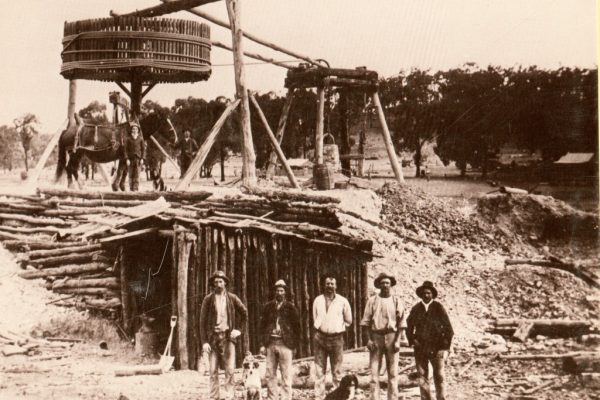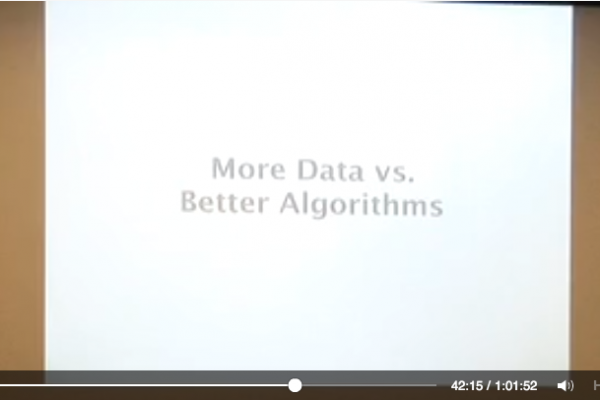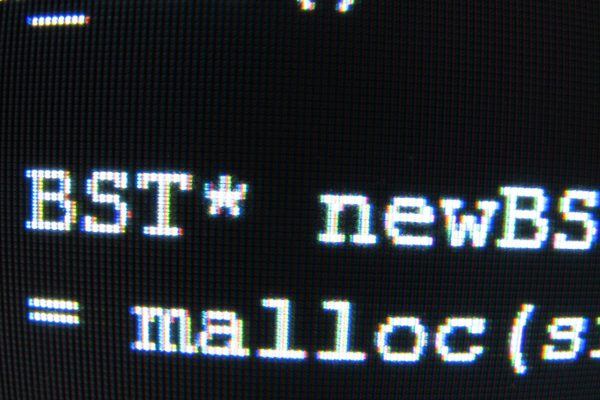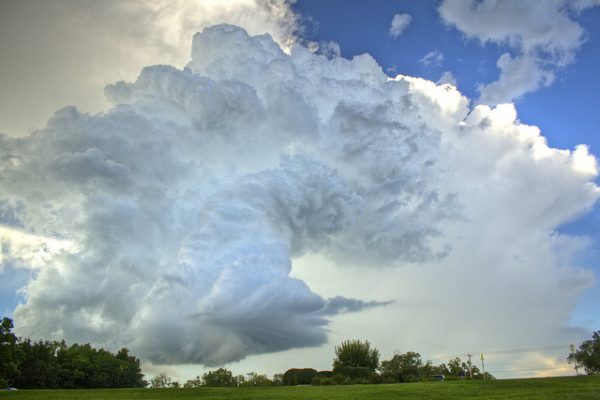4 Self-Study Machine Learning Projects
Last Updated on September 5, 2019 There are many paths into the field of machine learning and most start with theory. If you are a programmer then you already have the skills to decompose problems into their constituent parts and to prototype small projects in order to learn new technologies, libraries and methods. These are important skills for any professional programmer and these skills can be used to get started in machine learning, today. These are important skills for any […]
Read more








